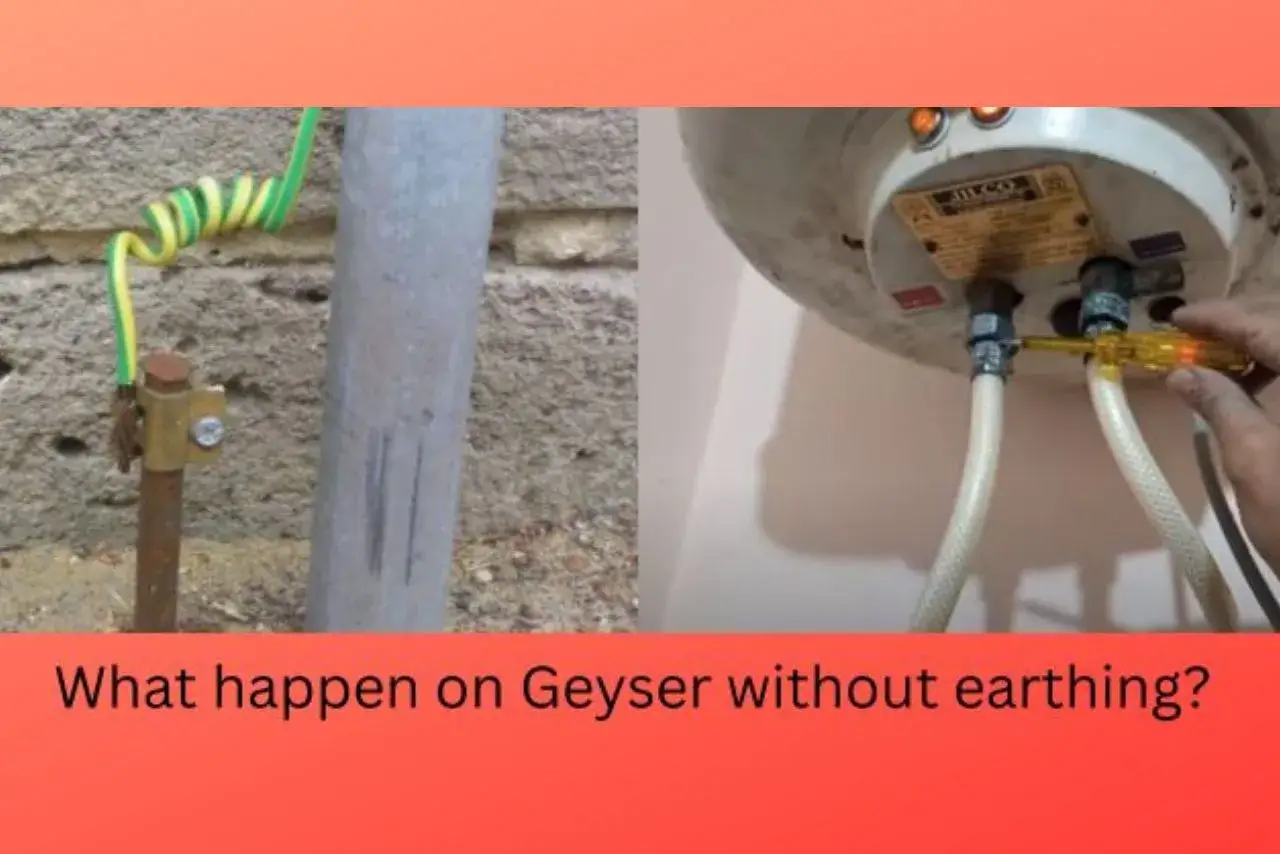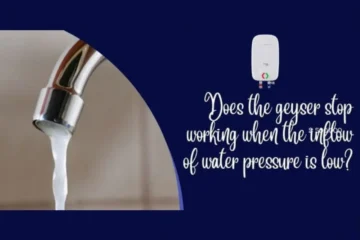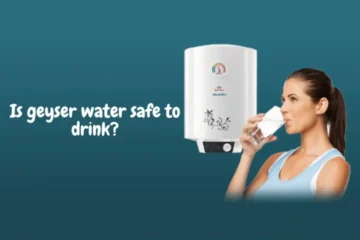Our answer is straightforward: geyser without earthing are not at all safe and can cause death or electric shock. Earthing allows any electricity leakage in the geyser to be transferred directly to the earth via a thin copper cable. This prevents electricity leakage from passing through the human body, protecting it from electrocution. Additionally, earthing protects appliances from electric damage. Ensuring safety through earthing is not only the best method but also a highly secure approach.
Try to choose the right geyser by answering simple questions without reading any Buying Guide.
Table of Contents
Geyser Earthing Problem
However, when installing a geyser without earthing, it may appear to work perfectly and be completely safe when testing for electric shock. But, a geyser can malfunction at any time, and without earthing, it can release electricity into the water tap, which can result in death or electrocution.
Almost all electric geysers are labelled with ‘This appliance must be earthed’ for a reason. To understand the risks associated with a geyser, it’s important to first understand how it works. In simple terms, a geyser is an advanced version of an immersion rod, with an electric heating element fitted inside a metallic tank.
It’s worth noting that the heating element is coated with a special electric-proof coating to prevent the release of electricity into the water. The geyser also has an inbuilt thermostat or thermal cut-off switch, which detects the water temperature at all times. When the temperature reaches a certain value, it cuts off the electricity supply to avoid overheating. Overall, when you switch on the geyser, electricity passes into the heating element and heats the water, while the thermostat ensures that the temperature remains safe.
Leak From Geysers
There are several reasons why electricity can leak from geysers. One possible reason is that the heating element may lose its protective, electric-proof coating due to manufacturing defects or wear and tear over time. Corrosion on the heating element can also cause electricity leakage. Faulty wiring and electricity fluctuations can cause electricity to pass through unintended paths, such as water taps. If you run a geyser without earthing, electricity leakage can pass through the water and cause electrocution.
In summary, it’s always good practice to opt for earthing every appliance in the home. However, earthing alone doesn’t completely prevent electrocution. In addition to earthing, there are other safety measures that can be taken, such as installing MCB, RCCB, and ELCB.
Only Earthing is NOT 100% Safe
However, in most cases, earthing provides protection against electrocution, and an additional layer of safety is provided by circuit breakers such as ELCBs, RCCBs, and MCBs, which are used in conjunction with earthing.
Popular Geyser Articles
- Instant Vs Storage Geyser
- How to Select Best Kitchen Geysers
- Best Geysers for Hard Water
- Instant Geyser for Bathroom?
- Geyser Buying Guide
RCCB ( Residual Current Circuit Beaker )
RCCBs, also known as RCDs (Residual Current Devices), provide an additional layer of safety in case of electrocution. When an electric shock occurs, the RCCB detects the electricity leakage and immediately cuts off the electricity supply.
This ensures your safety while bathing by preventing further electric shocks. Typically, RCCBs are installed in the home’s main electricity board, providing protection for the entire home, including the bathroom where the geyser is installed. RCCBs can cost between 2000 to 3000 rupees depending on your power needs, phase (2 phase / 3 phase), and brand, and can be easily purchased from Amazon.
It is always recommended to consult a qualified electrician to determine the appropriate RCCB for your needs and installation. ELCBs (Earth Leakage Circuit Breakers) are similar to RCCBs in that they are designed to cut off the electricity supply to prevent electric shocks. However, their working methods are slightly different from those of RCCBs.
Without going into further detail, we recommend using RCCBs, as they are a newer and more advanced technology.
PRCD ( Portable Residual Current Device )
The functionality of PRCD (Portable Residual Current Device) is similar to RCCB, with the only difference being that PRCD is a socket plug. Like RCCB, in case of electric shock, it simply cuts off the electricity supply (trips the circuit). You can insert the geyser plug into the PRCD socket and then plug the PRCD into the wall socket.
MCB ( Miniature Circuit Breaker )
In simple words, an MCB alone won’t protect you from electric shock. However, it will cut off the electricity supply during a short-circuit, appliance malfunctions (fluctuating and excessive electricity consumption), and overheating/burning of wires.
Overall, MCBs protect your appliances and home, which ultimately saves you. MCBs should be installed in the home’s main supply board. It is always recommended to consult a qualified electrician to determine the suitable MCB as per your needs and installation requirements.
Shock Shield Electric Water Heater Valve
The Shock Shield Electric Water Heater Valve is a newly introduced safety device for geyser systems. Placed on the inlet and outlet water valves, it blocks the passage of electricity, enhancing safety during maintenance. Despite being manufactured in China, people don’t know if it’s reliable yet. Visit the “Mavigadget” website and search for “Shock Shield Electric”. Below is a YouTube short that Explains How it Works:
Conclusion
The safest approach to protect against electric shock is to ensure that the geysers are properly earthed. Earthing ensures that electricity leakage is directed to the earth through a thin copper cable, preventing it from passing through the human body and causing electrocution. In addition to earthing, we highly recommend using RCCB and MCB for added safety measures. RCCB quickly cuts off the electricity supply in case of electric shock, while MCB protects the appliance and home from short-circuit and electrical malfunctions. Our recommendation is to install earthing, RCCB, and MCB with geysers to ensure maximum safety.




